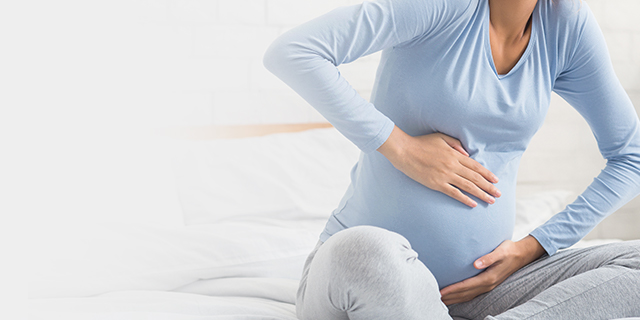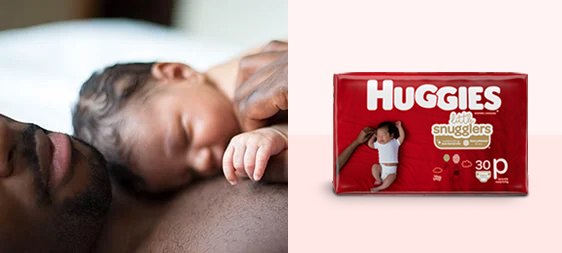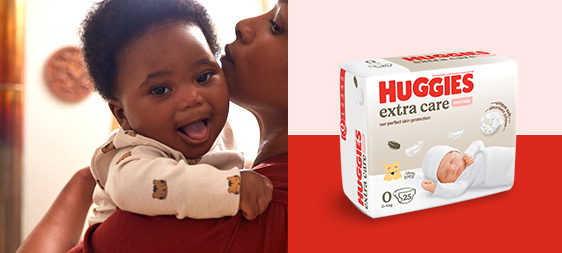The first stage
For most women, the first stage of labour is usually the longest and most intense. During this period, your uterus produces a series of strong contractions to open the cervix (the muscle between the uterus and the vagina) a full ten centimetres so that your baby can be born.
The First Signs of Labour
Every woman’s experience of labour and birth is very different and there are a number of ways that your labour might start. It’s easy to confuse ‘pre-labour’ signs (like Braxton-Hicks contractions) with the real thing.
A few signs that indicate labour has started:
Bloody ‘show’
When the mucous plug sealing the cervix is released, you will experience a discharge that often contains a small amount of blood and mucous; for some women this happens at the beginning of labour, for others it might occur a few days or even weeks beforehand. If you have any bleeding – even if you suspect it is probably the ‘show’ it’s best to call your maternity care provider straight away to check.Waters breaking
When the membranes of the amniotic sac rupture, the fluid that your baby is surrounded in will start to leak. You may experience a sudden big gush of fluid or a constant trickle. Once the waters have broken, you will be leaking fluid for the duration of your labour, so it’s wise to keep a stock of heavy-duty pads that you can wear, or a collection of old towels with you. After the membranes have ruptured, it is common for most women to progress into active labour within the next 24 hours. But there is a small risk of infection or complications with the cord if labour doesn’t start soon, so do call your maternity care provider for advice immediately after your waters have broken.Contractions
Early contractions feel like period pain – slight cramping across the abdomen and may be accompanied by backache. Grab a notebook and pen – and a watch or clock with a second hand – and start timing the length of your contractions, from start to finish, and the frequency of them, to see if they remain consistent. You’re probably in labour if the contractions last more than half a minute and start to come closer together and get stronger.
Contractions
In order for the cervix to dilate, the web of muscle fibres surrounding the uterus pulls up and tightens towards the top of the uterus. These fibres are at their shortest at the peak of the contraction, then they release and the contraction eases off, leaving the cervix a little more open each time.
Most women experience contractions quite intensely and describe them as painful. Labour is well-named, as your body’s effort in opening the cervix and contracting the uterus is indeed hard work.
Contractions are usually experienced as a gradual tightening across the abdomen – and are often described as a similar feeling to period pains or cramps – but much stronger.
When a ‘real’ contraction happens, it’s usually difficult to speak or move until it has passed – so if you are not sure if you are in labour, you probably haven’t started yet.
When labour begins, contractions are regular, painful and progressive. By the time you are ready to give birth, each contraction usually lasts for more than a minute and they are less than a minute apart.
By Fran Molloy – journalist and mum of 4

























